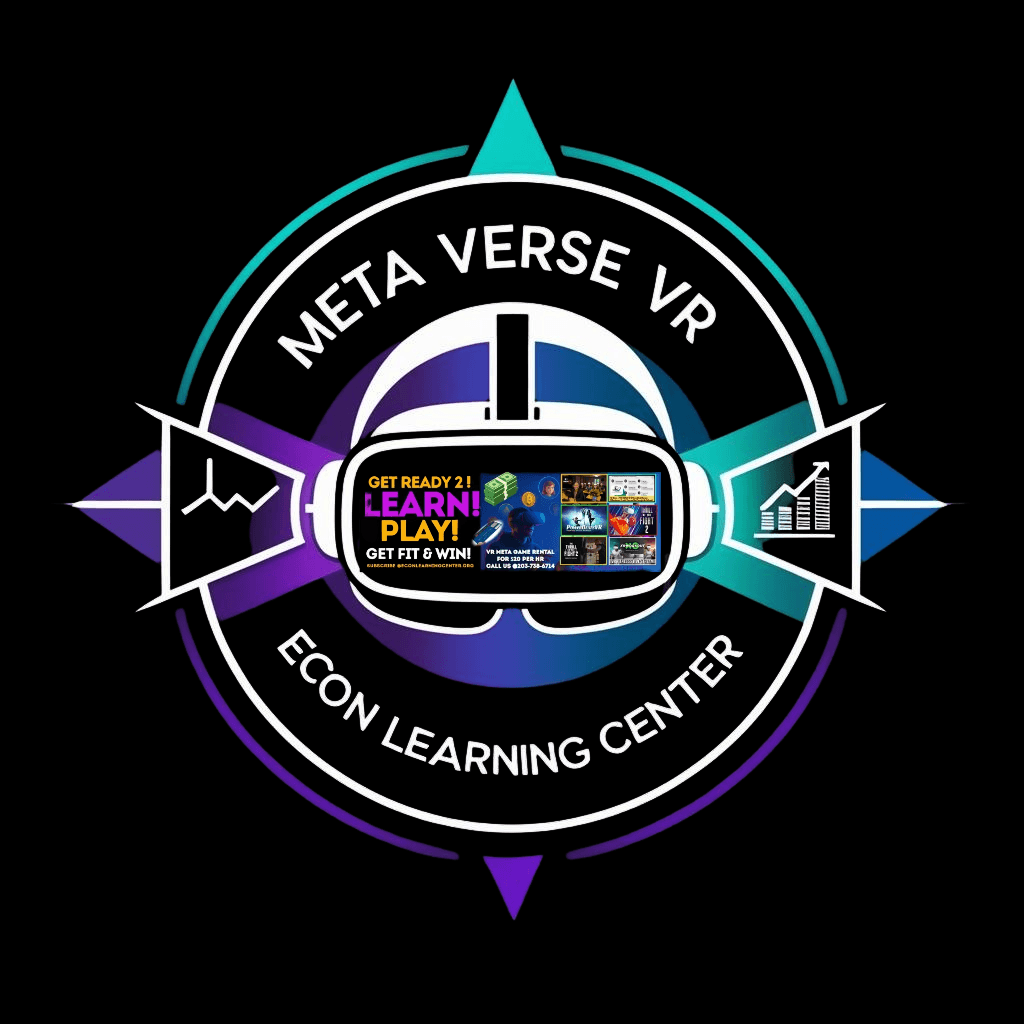- BOOK ME HERE
- About
- ENROLL HERE
- Schedule For Our Personal Financial Development 1 Year Course
- The Challenge
- ELC SHOP CLUB
- Credit Repair and Financial Education Services
- Watch Our Business Presentation
- Contact
- FAQ
- Econ Learning Center Blog
- Terms of service
- Econ Learning Center Channel
- Credit Secrets Live Tv
- ELC Meta Verse Vr Fitness ED Games
How Computer Learning Courses for Children Can Build Financial Literacy Early On
The Connection Between Computer Learning and Financial Literacy
In today's digital age, computer learning courses for children are not just about coding or using software; they are pivotal in building essential life skills, including financial literacy. Understanding technology from an early age can provide children with the tools they need to manage money effectively and make informed financial decisions.
Integrating financial literacy into computer learning can demystify complex concepts, making them accessible and engaging for young minds. By using interactive software and real-world simulations, children can experience the impact of financial decisions in a safe environment.

Understanding the Basics of Financial Literacy
Financial literacy involves the ability to understand and use various financial skills, including personal financial management, budgeting, and investing. Teaching children these skills early on can set the foundation for a lifetime of financial well-being.
Computer learning courses can introduce these concepts through practical applications. For example, children can use budgeting software to manage virtual allowances or participate in stock market simulations to learn about investments.
The Role of Interactive Learning
Interactive learning platforms can significantly enhance a child's ability to grasp financial concepts. These platforms often include games and challenges that require children to apply financial principles to solve problems. Such engaging methods ensure that learning is not only educational but also enjoyable.
Moreover, technology-based learning tools provide instant feedback, allowing children to understand the consequences of their financial choices. This immediate response reinforces learning and encourages critical thinking.

Building Skills for the Future
Computer learning courses that incorporate financial literacy prepare children for a future where digital money management will be crucial. As digital currencies and online banking become more prevalent, understanding these technologies becomes increasingly important.
By combining computer skills with financial education, children can learn to navigate digital financial systems confidently. This dual skill set is invaluable in the modern world, where technology and finance are intricately linked.
Practical Applications of Financial Concepts
One of the most effective ways to teach financial literacy is through practical application. Children can learn about saving and spending by setting goals and tracking their progress using digital tools. These activities teach important lessons about delayed gratification and financial planning.

Additionally, children can explore entrepreneurship through computer courses, using software to create business plans and manage virtual enterprises. This hands-on experience fosters an entrepreneurial mindset and a deeper understanding of financial dynamics.
Conclusion: A Smart Investment in the Future
Investing in computer learning courses that incorporate financial literacy is a strategic move for parents and educators. It equips children with the skills needed to thrive in a digital economy and fosters a sense of financial responsibility from a young age.
By nurturing these skills early on, we can empower the next generation to make informed financial choices, ensuring their success and financial independence in the future.
